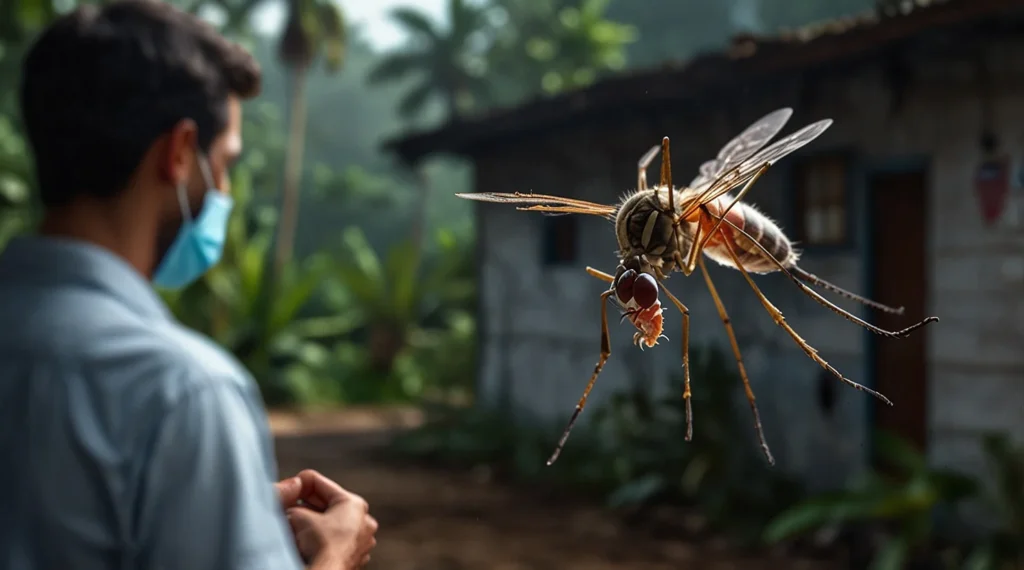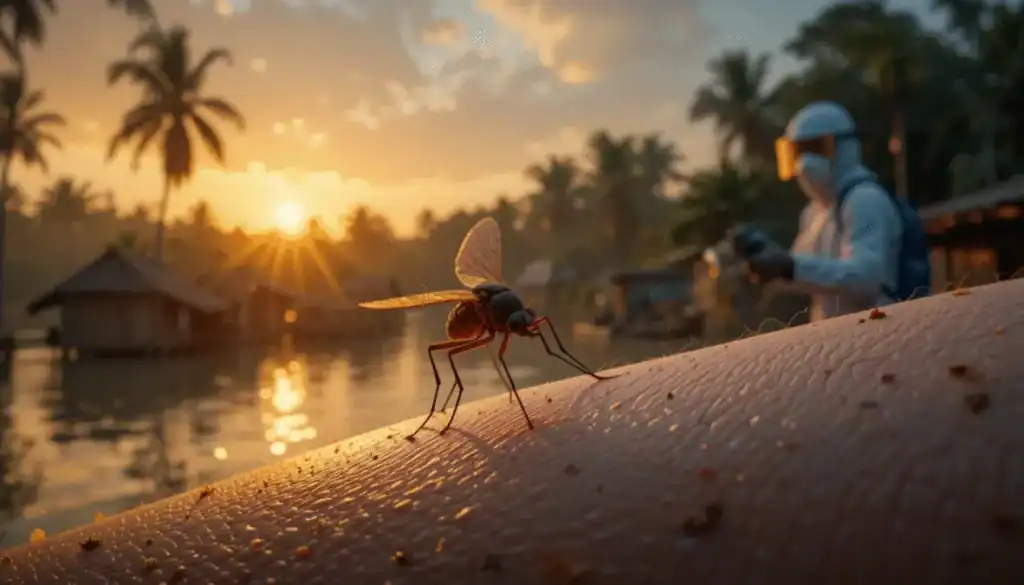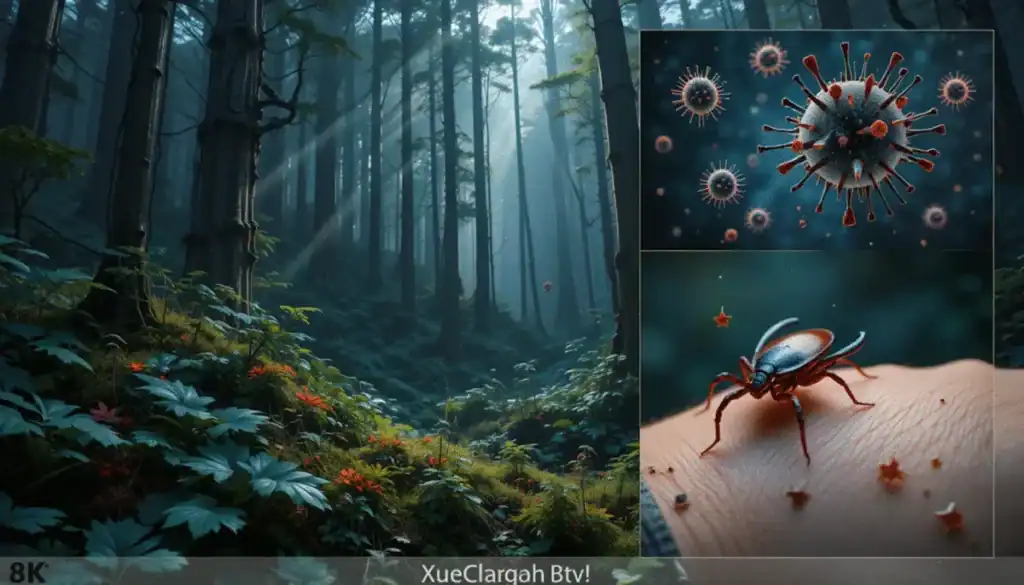Introduction
Chikungunya is a viral disease transmitted by mosquitoes, causing sudden fever and severe joint pain. While not typically life-threatening, the illness can be highly debilitating, especially in older adults. Over recent years, Chikungunya has expanded its reach, triggering outbreaks in multiple countries due to climate change, travel, and poor vector control.
What Is Chikungunya Virus?
Chikungunya virus (CHIKV) is a single-stranded RNA virus that belongs to the Alphavirus genus. The disease is primarily spread by the Aedes aegypti and Aedes albopictus mosquitoes — aggressive daytime biters that thrive in urban and semi-urban environments.
How It Spreads
Transmission occurs when an infected mosquito bites a healthy individual. Once bitten, symptoms usually begin within 3–7 days. These mosquitoes breed in stagnant water — often in domestic containers, tires, flower pots, and poorly drained areas — making urban areas particularly vulnerable.
Signs and Symptoms
The illness begins abruptly and is often mistaken for dengue or malaria. Common symptoms include:
- High-grade fever (often >102°F or 39°C)
- Severe joint pain, especially in wrists, fingers, and knees
- Muscle aches
- Headaches
- Fatigue and weakness
- Skin rash, often appearing 2–5 days after fever
- Redness or swelling in joints (similar to arthritis)
Although most patients recover in 7–10 days, some may continue to experience joint stiffness or pain for weeks or even months.
Diagnosis
Chikungunya can be confirmed through:
- PCR Testing – Detects viral RNA in early infection
- IgM/IgG ELISA – Detects antibodies in later stages
- Clinical suspicion – Based on signs and recent outbreak activity
Early diagnosis helps rule out other conditions like dengue, which may have overlapping symptoms but different management protocols.
Treatment Options
There is no specific antiviral medication available. Treatment is supportive and focuses on:
- Adequate hydration and rest
- Pain relief using paracetamol or NSAIDs
- Avoiding aspirin in young children
- Gentle physiotherapy in chronic joint pain cases
Most patients recover fully with time and care.
Prevention and Control
Because there is no vaccine, prevention relies on controlling mosquito populations and minimizing exposure to bites. Key steps include:
- Removing stagnant water from surroundings
- Using mosquito repellents and bed nets
- Wearing long-sleeved clothing during mosquito-prone hours
- Using insecticide sprays indoors
- Community-level efforts for drainage and waste management
In outbreak-prone areas, local health authorities often initiate fogging and awareness campaigns.
Recent Trends and Outbreaks
From 2024 into 2025, outbreaks have surged in parts of South Asia, East Africa, and South America. Warmer temperatures, urban crowding, and inconsistent vector control programs are major contributing factors. Hospitals in these regions report increased outpatient visits for febrile illnesses with joint complaints.
Public Health Impact
While Chikungunya rarely leads to fatalities, it significantly affects quality of life and workforce productivity. Post-viral arthritis can persist for weeks or months, especially in elderly or immunocompromised individuals. During outbreaks, healthcare systems often face overwhelming patient loads, highlighting the need for preventive infrastructure.
Conclusion
Chikungunya is more than just a tropical nuisance — it’s a rapidly spreading disease with the potential to cause long-term joint problems and economic disruption. Personal protection, timely diagnosis, and community-wide mosquito control efforts remain the best strategies to keep this virus at bay.



